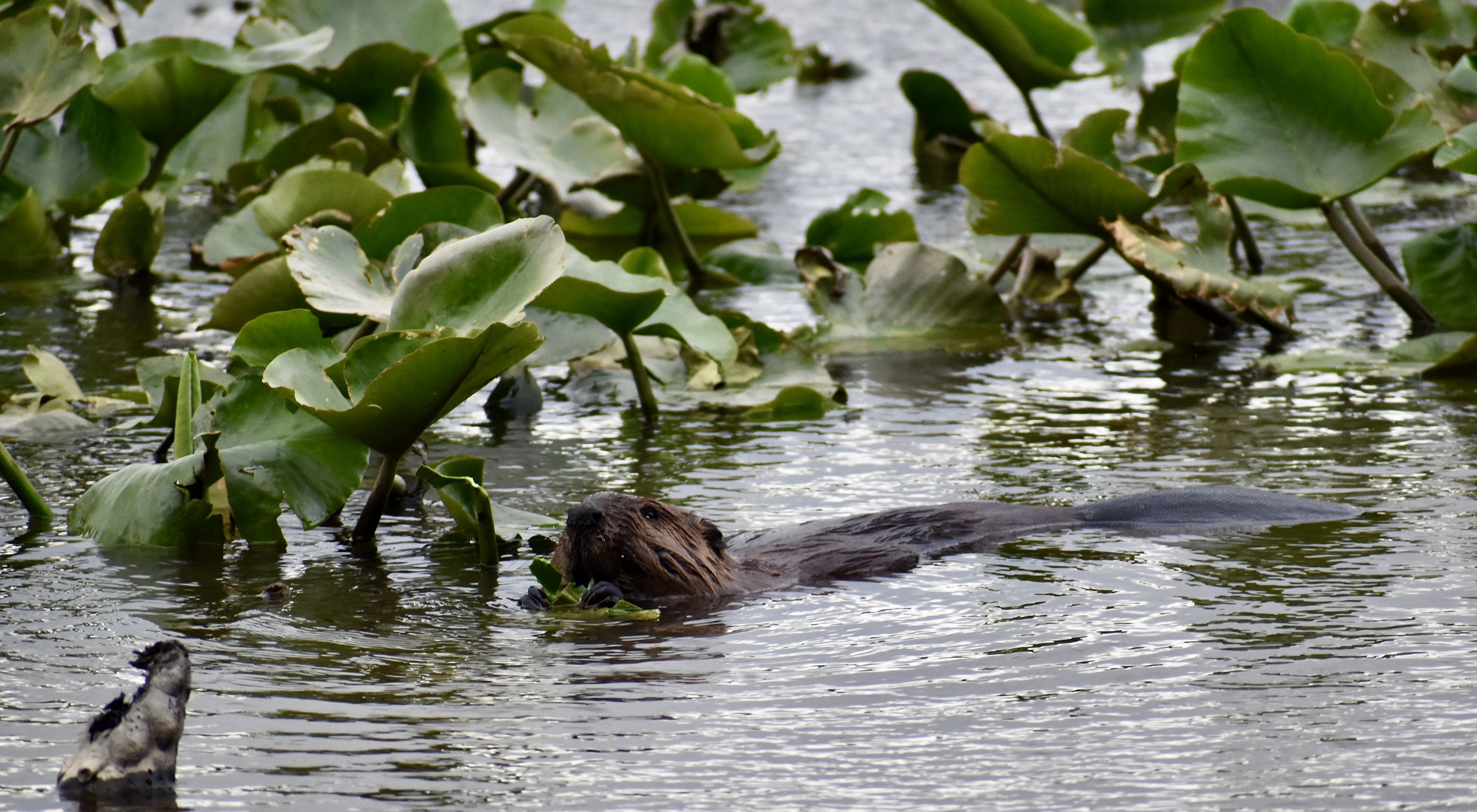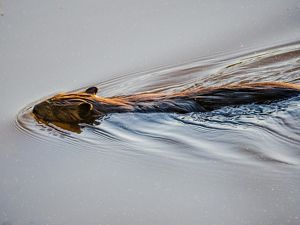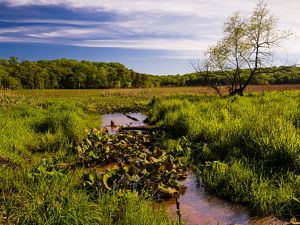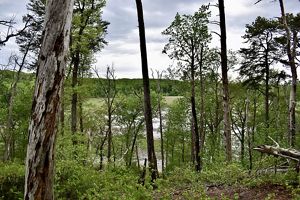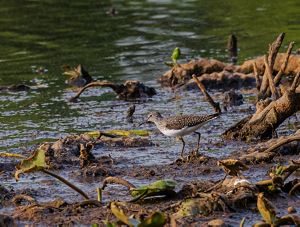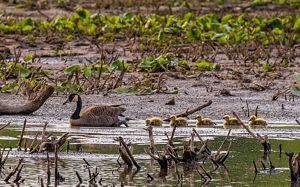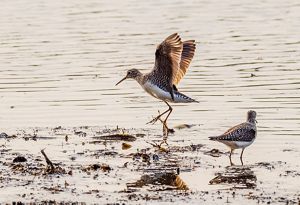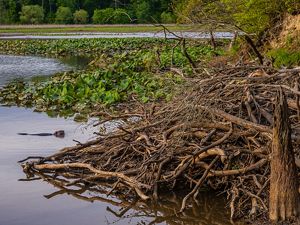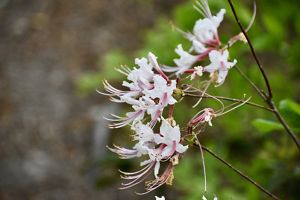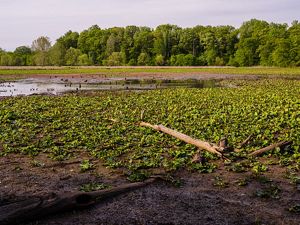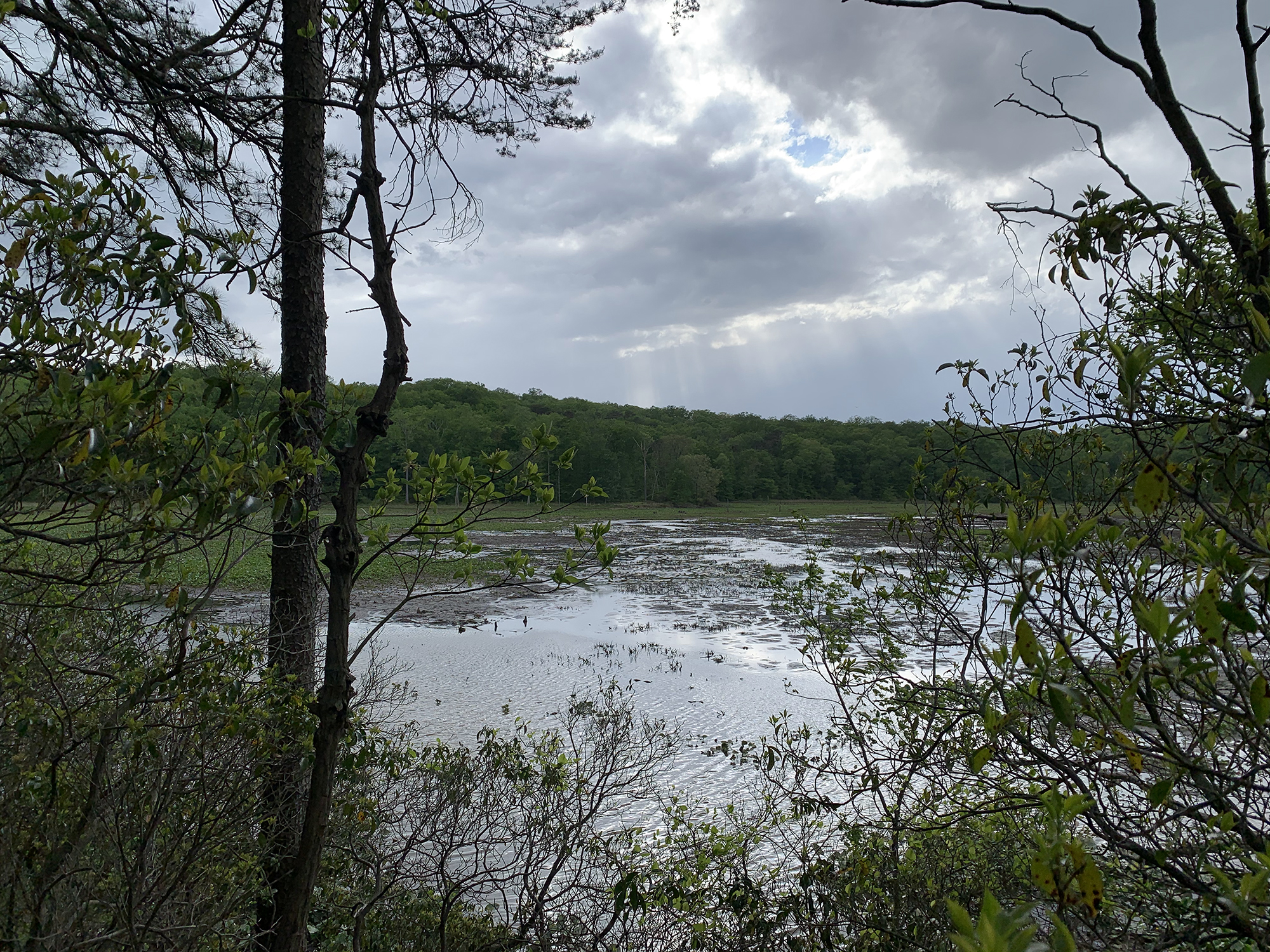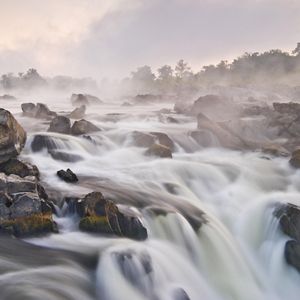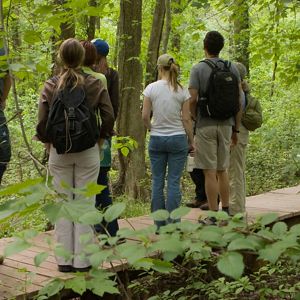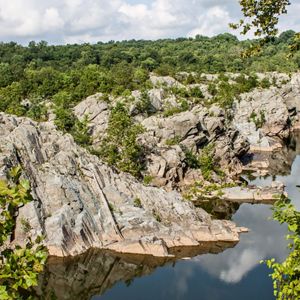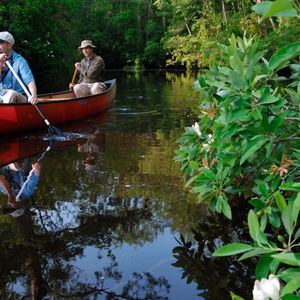Description
The Maryland/DC Chapter helped the State of Maryland acquire this important area which contains approximately 70 acres of wetland in the floodplain of the Little Patuxent River. At 250 acres total, Oxbow is half in county or state land ownership, while other portions are owned by the local community association.
The key feature of this preserve is the Little Patuxent Oxbow, an impoundment of the Little Patuxent River that was created over hundreds of years by beaver activity. Another important element is Laurel Oxbow Lake, which is the largest naturally occurring body of freshwater in Maryland; other lakes are the result of damming creeks.
For more information contact the Anne Arundel County Department of Parks and Recreation at (410) 222-7300.
